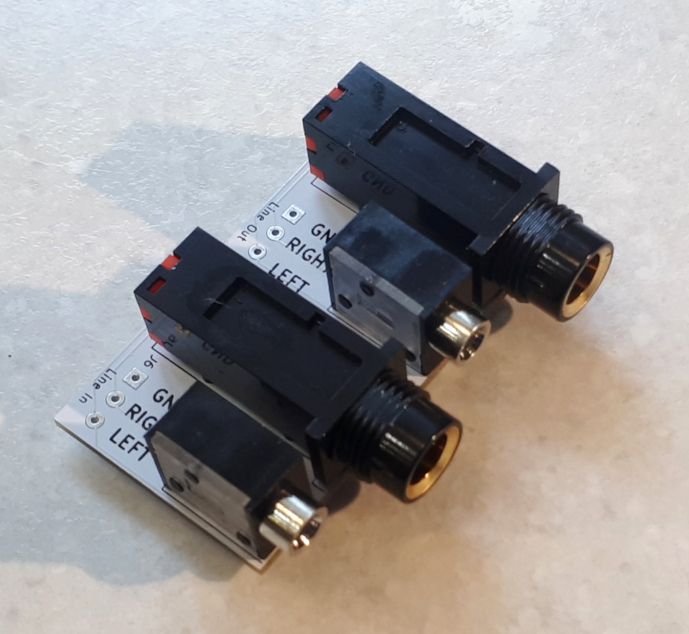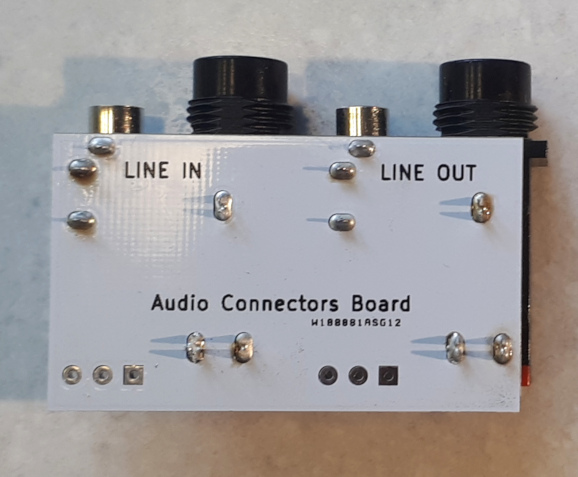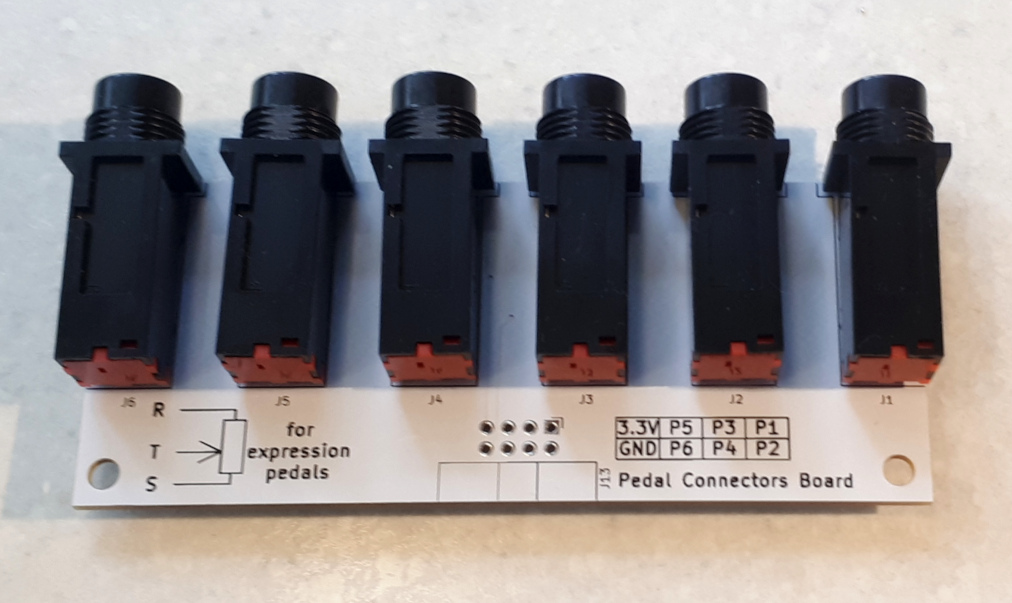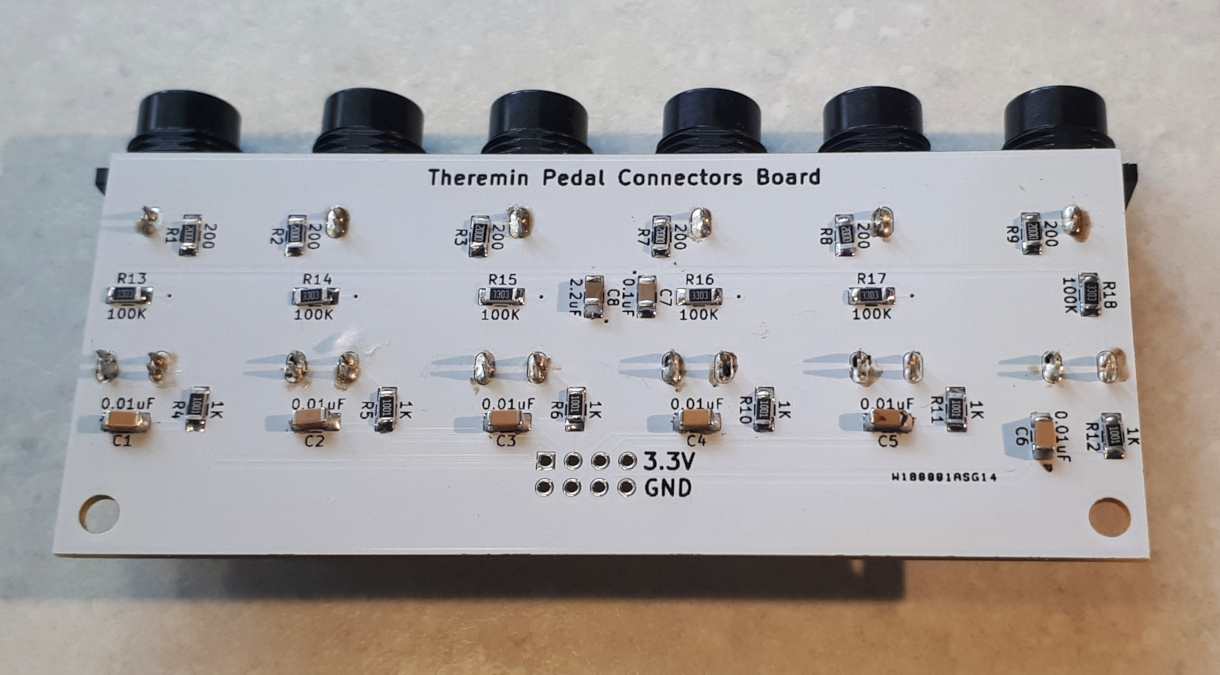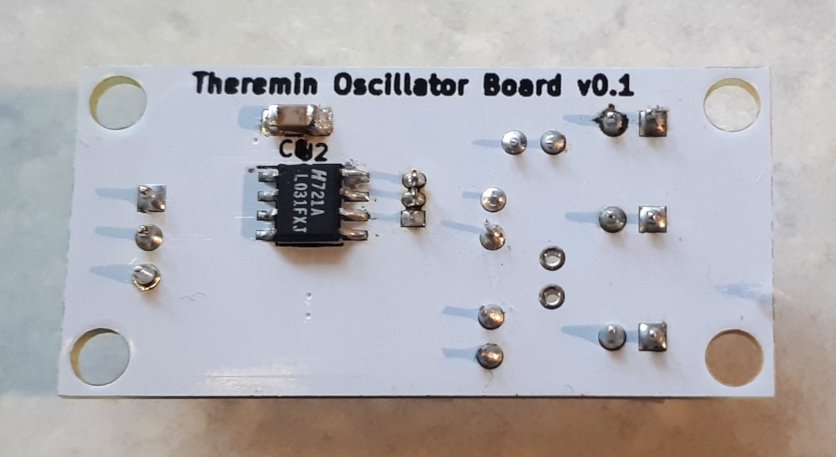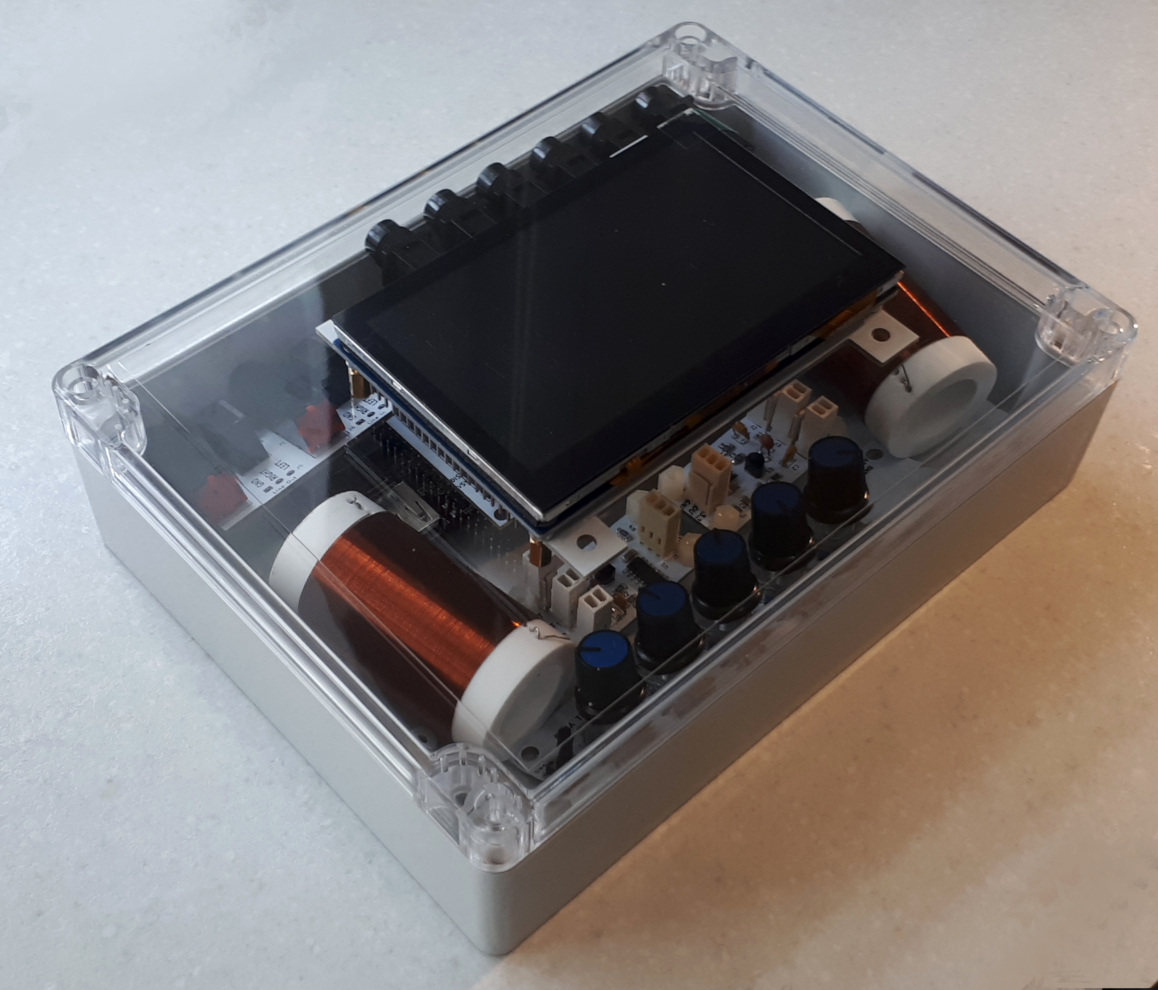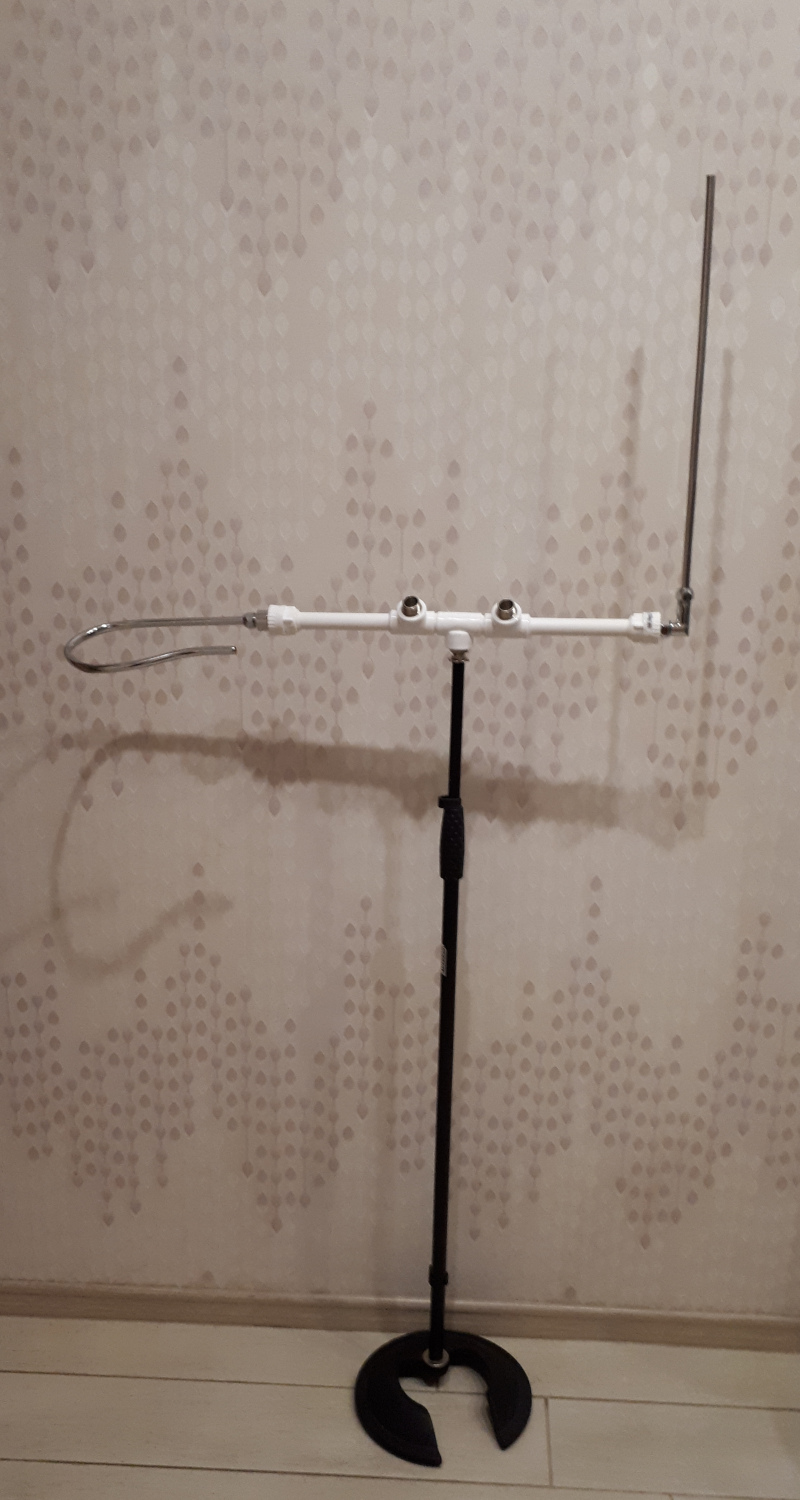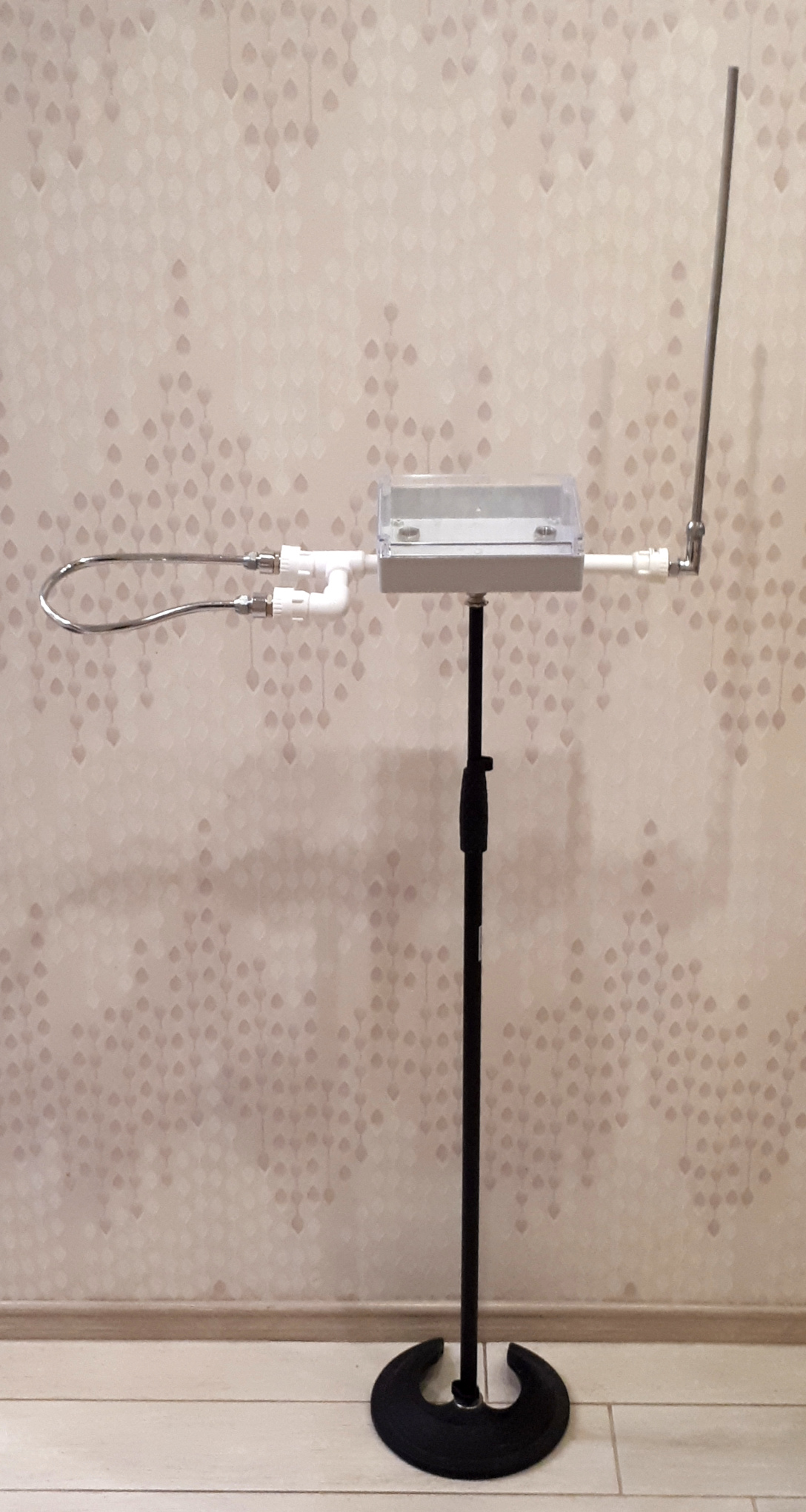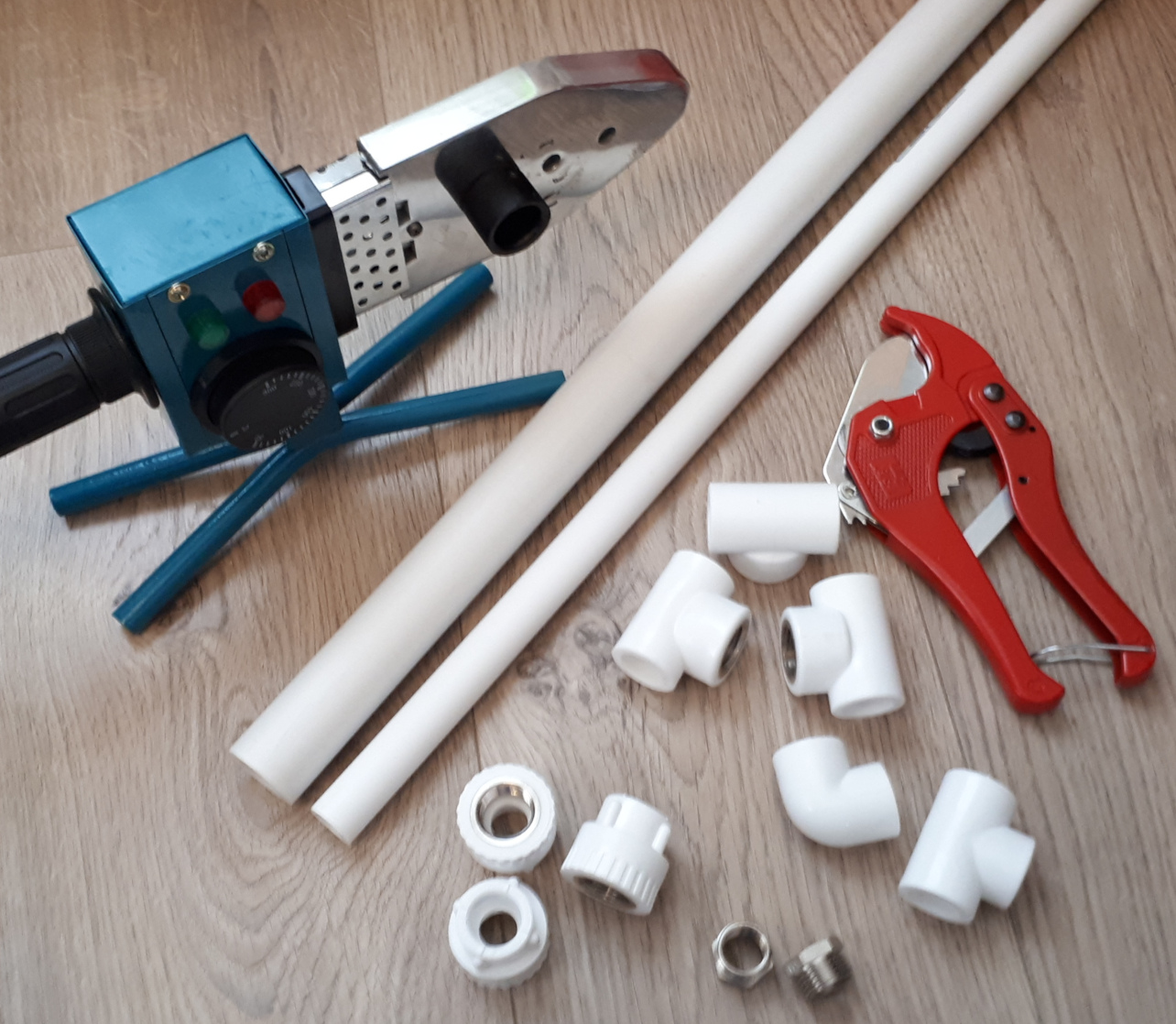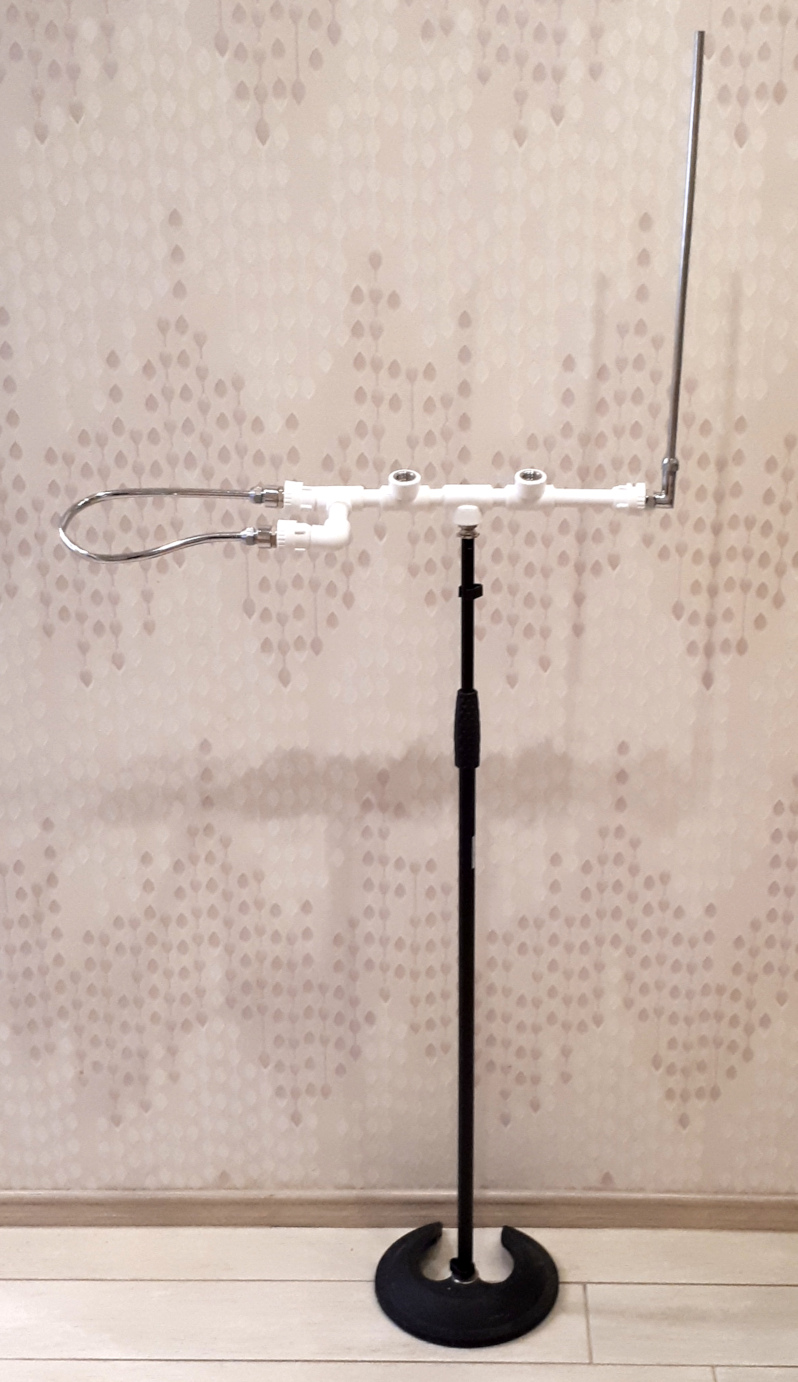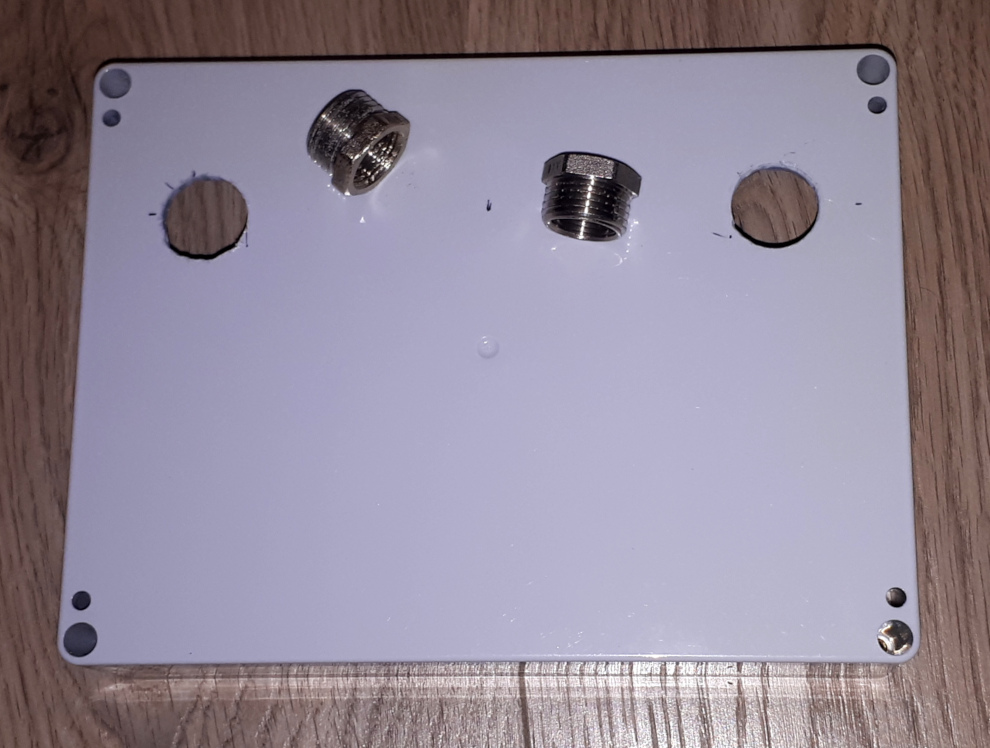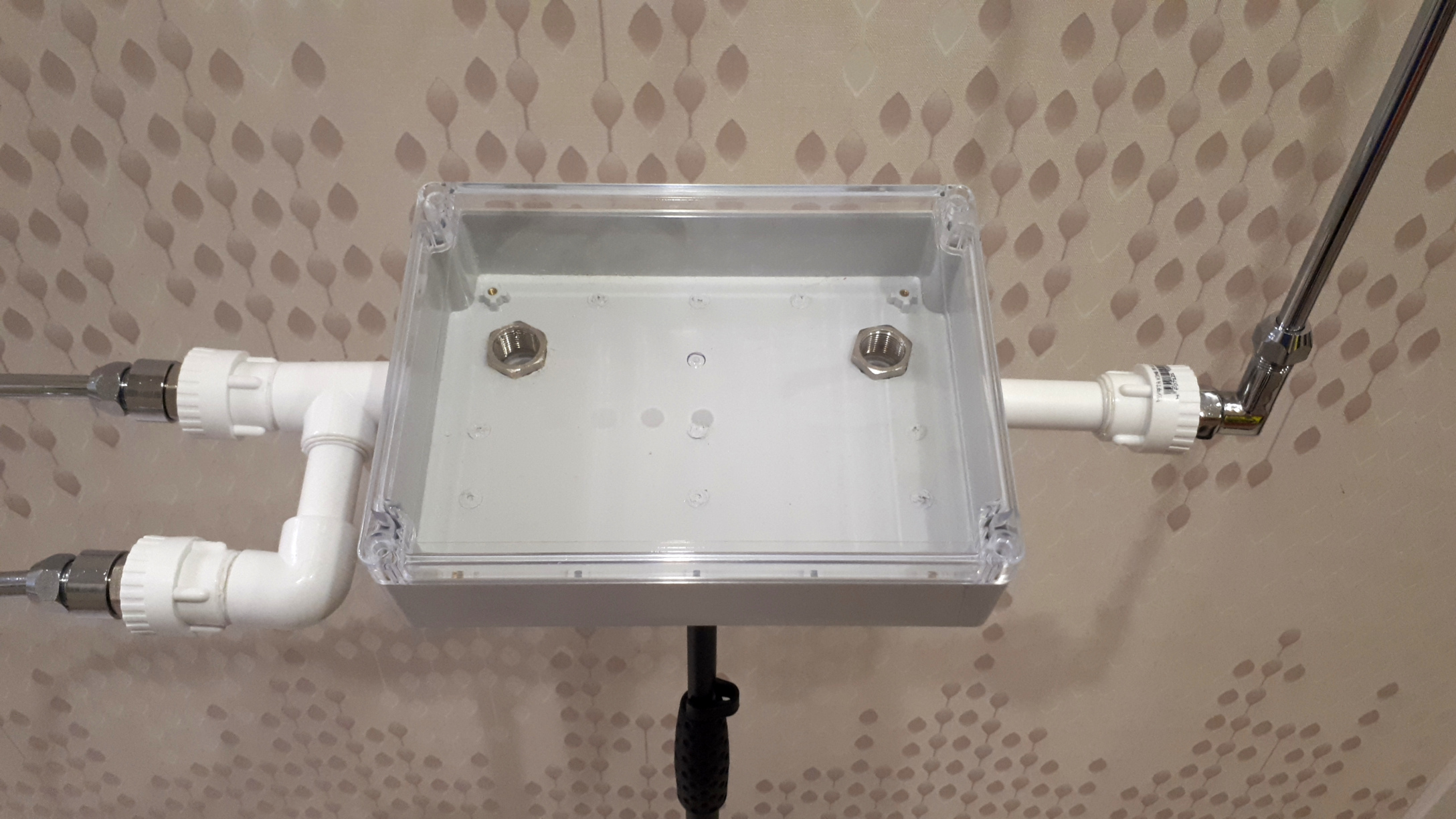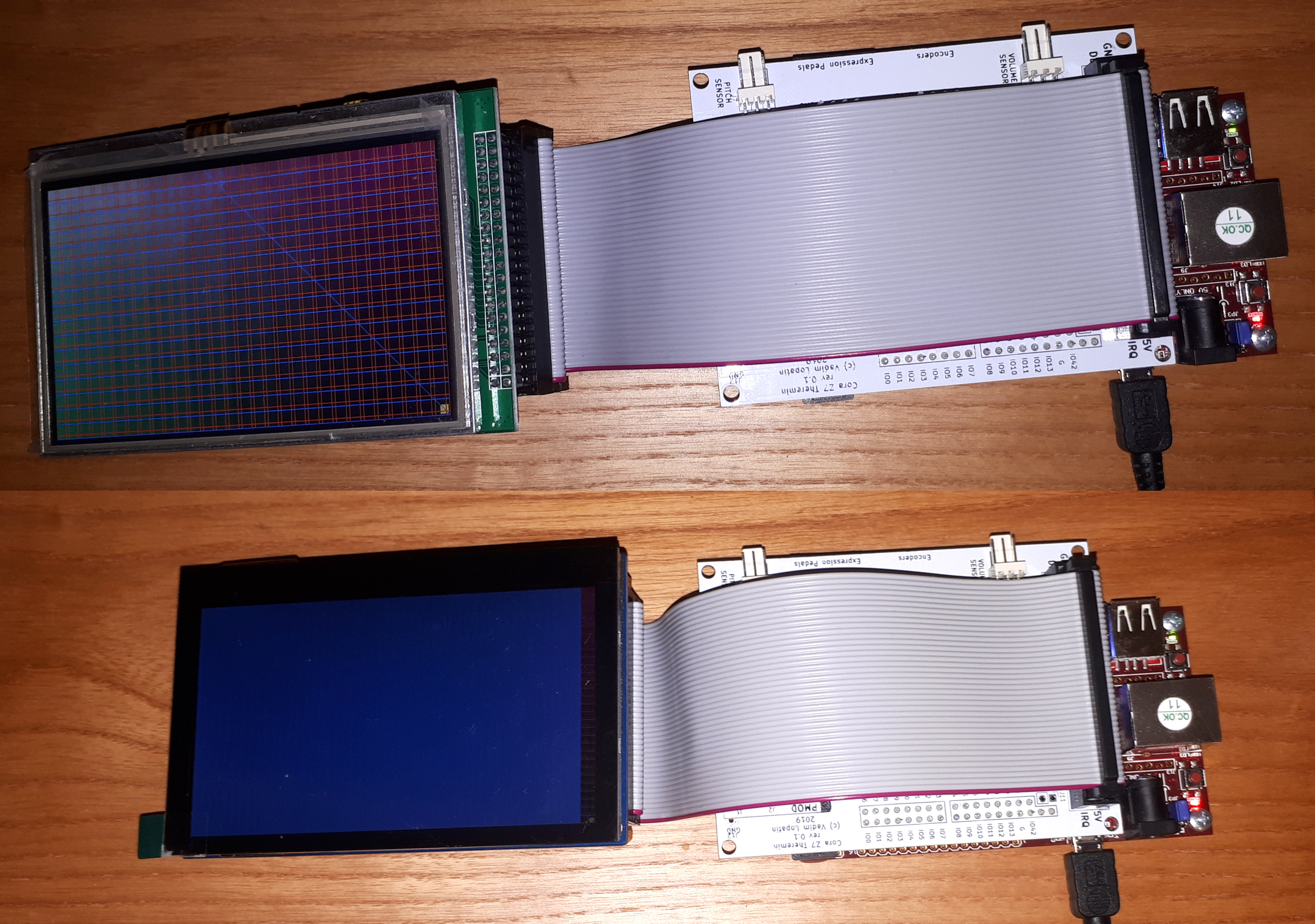FPGA programming progress update.
Created IP which combines theremin sensor, LCD controller, encoders controller, audio controller, two i2c interfaces.
(Missing components: sd_card, ADC for pedals board)
Created block design:
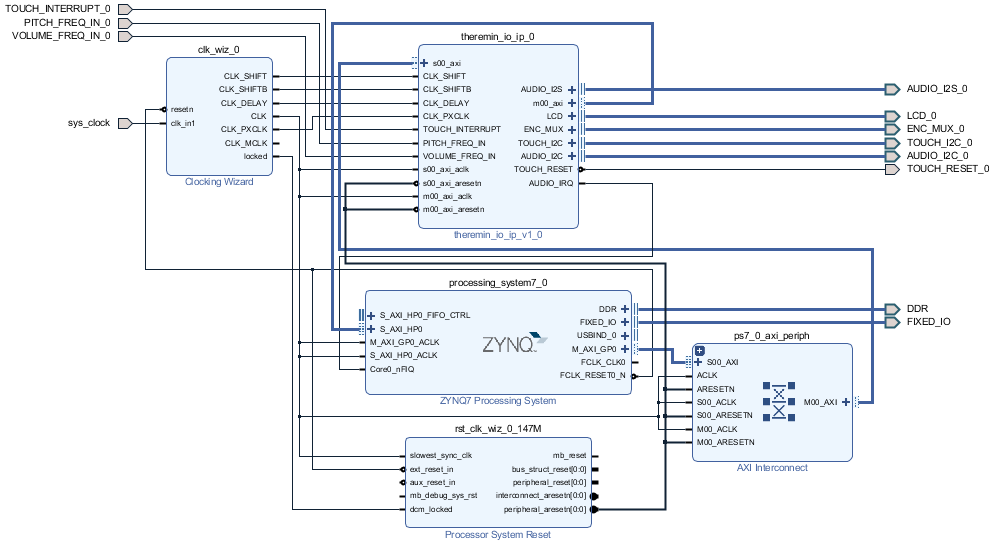
Utilization:
Code:
+----------------------------+------+-------+-----------+-------+
| Site Type | Used | Fixed | Available | Util% |
+----------------------------+------+-------+-----------+-------+
| Slice LUTs | 1317 | 0 | 17600 | 7.48 |
| LUT as Logic | 1217 | 0 | 17600 | 6.91 |
| LUT as Memory | 100 | 0 | 6000 | 1.67 |
| LUT as Distributed RAM | 40 | 0 | | |
| LUT as Shift Register | 60 | 0 | | |
| Slice Registers | 1638 | 0 | 35200 | 4.65 |
| Register as Flip Flop | 1638 | 0 | 35200 | 4.65 |
| Register as Latch | 0 | 0 | 35200 | 0.00 |
| F7 Muxes | 13 | 0 | 8800 | 0.15 |
| F8 Muxes | 0 | 0 | 4400 | 0.00 |
+----------------------------+------+-------+-----------+-------+
Placement on device (used cells are cyan):
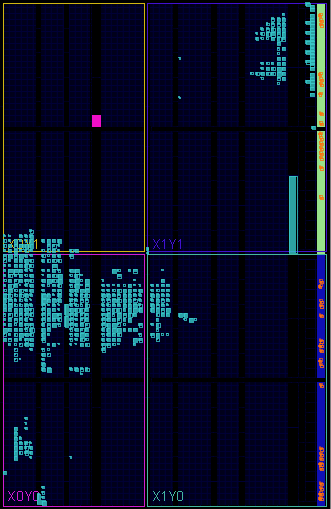
Part of resources is occupies by AXI bus support blocks (interconnect, clock gen, etc).
Theremin IO IP itself takes 925 LUTs and 1177 registers.
I hope up to 90% of FPGA resources may be used for future advanced synthesizer implementation.
